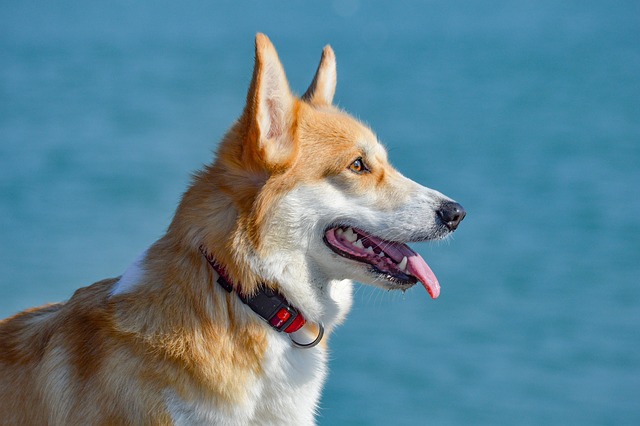
How do i train my dog to be obedient?
Watching your dog dart across the park ignoring your calls isn’t just frustrating—it can put them at risk near busy streets or public spaces.
In the days of accompanying pet dogs, watching them obediently complete various commands is undoubtedly a matter full of fun and a sense of achievement. Among them, training dogs to pick up things can not only exercise their bodies and intelligence but also greatly enhance the emotional communication between owners and dogs. So, how exactly can we effectively train pet dogs to pick up things? This requires us to invest patience, love, and the right methods.
First of all, it is necessary to select appropriate training items. Choosing a toy that the dog is interested in is of great importance. Different dogs have different preferences for toys. Some like plush toys, while others are fond of rubber balls. Owners can determine the most suitable training prop by observing the dog's reactions to different items during daily play. For example, lively and active hunting dogs may be more interested in highly elastic tennis balls, while gentle and cute small dogs may have a special affection for furry little dolls. When the dog shows excitement and curiosity about the selected item, it means we have found the key to unlocking the training door.
Next, enter the basic training stage. This stage is to make the dog familiar with the item and establish attention to it. Gently place the toy in front of the dog and guide it to smell and touch. When the dog shows behavior of exploring the toy, immediately give gentle praise and small snacks as a reward. For example, say in a kind tone, "Good job, baby!" while handing over delicious chicken jerky or cheese cubes. Repeat this several times so that the dog associates the toy with positive experiences. This step is like planting a seed of curiosity in the dog's heart, laying a solid foundation for subsequent training.

When the dog has developed a strong interest in the toy, you can start the training of throwing the toy for the dog to chase. At the beginning, don't throw it too far to ensure that the dog can easily catch it. While throwing the toy, shout out the command loudly, such as "Go get it". Dogs are naturally inclined to chase moving objects, and they will quickly run over and pick up the toy. Once the dog picks up the toy, the owner should immediately give enthusiastic encouragement and call it back. When the dog returns with the toy, give generous rewards and a lot of praise again. During this process, the dog gradually understands the meanings of the commands "Go get it" and "Come back", and also feels the joy of completing the task.
However, the training process is not always smooth sailing. The dog may be reluctant to pick up the toy and bring it back, or it may give up halfway. At this time, the owner must not be impatient or scold the dog. Instead, patiently analyze the reasons. Maybe the dog is tired and needs a rest, or maybe it is uneasy about the current environment. If the dog is tired, pause the training and give it enough time to rest and replenish water. If it is an environmental factor, change to a quiet and familiar venue to continue the training. Treating every "small mistake" of the dog with understanding and tolerance can keep the training atmosphere positive all the time.
As the training progresses, the difficulty can be gradually increased. For example, change the direction and distance of throwing the toy, or conduct training in different environments. Training on the grass in the park can enable the dog to adapt to a more open space and a complex environment. Training in places with certain obstacles can exercise the dog's flexibility and judgment. At the same time, gradually reduce the reliance on snacks and use more language and body movements to express recognition of the dog. Let the dog understand that every excellent performance of it can win the full love and praise of the owner.
Training a pet dog to pick up things is a journey full of love and companionship. In this process, we not only teach the dog a skill but also deepen the trust and dependence between each other in every interaction. Watching the dog grow from ignorance to being able to skillfully complete the task of picking up things, the joy and touch are indescribable. Let us use patience and love to open a door full of fun and challenges for the dog's skills, and create more beautiful memories together.

Watching your dog dart across the park ignoring your calls isn’t just frustrating—it can put them at risk near busy streets or public spaces.

New puppy owners often find themselves rushing to clean up accidents before they set in, and that’s where puppy pad training becomes a game-changer.

If you've noticed your dog's waistline disappearing and your veterinarian has mentioned those few extra pounds, your first instinct might be to simply reduce the amount of food in their bowl.

Training a dog to use a designated spot indoors isn’t as daunting as many new owners fear, but it does take consistency and an understanding of your pet’s needs.

That moment of dread on a walk is all too familiar for many new dog owners. You see another dog approaching down the sidewalk of your neighborhood

If the sight of another dog on your neighborhood walk makes your heart sink as your own dog erupts into a frenzy of barking and lunging, you're not alone.